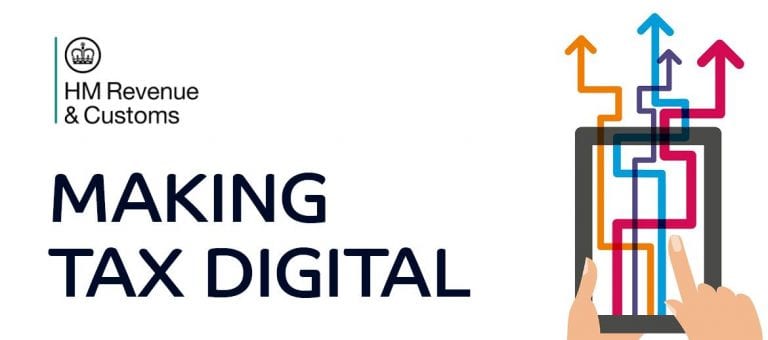Doing business after Brexit: latest
Leaving the EU has meant new rules and procedures when importing and exporting goods. With major regulatory changes still taking place, what comes next?
Border Target Operating Model (BTOM)
The new BTOM contains ‘final plans for a new approach to importing goods into Great Britain’. This includes a new approach to security controls applying to all imports; and to sanitary and phytosanitary (SPS) controls (applying to imports of live animals; animal products; plants and plant products) at the border. Controls are phased in from the end of January 2024. Plans to simplify and digitise controls are also set out, along with plans for the UK’s new Single Trade Window. When fully operational, this should provide a single digital gateway to submit data required, and apply for licences and authorisations for trusted trader schemes.
Tip: how to comply
Businesses should assess how this is going to impact them. As a priority, anyone importing food products; live animals; animal products; plants or plant products should check the risk level of the commodities involved. Goods are categorised as either low, medium or high risk: each category has different requirements in terms of the checks and documentation needed. Risk categories can be found in the BTOM. |
2024 milestones:
- 30 April 2024: introduction of documentary and risk-based identity and physical checks. These apply to medium risk animal products; plants; plant products; and high risk food and feed of non-animal origin from the EU.
Existing inspections of high risk plants and plant products from the EU move to Border Control Posts.
Imports from non-EU countries simplified: including removal of health certification and routine checks on low risk animal products; plants; plant products; and reduction in physical and identity check levels on medium risk animal products.
- 31 October 2024:safety and security declarations required for EU imports and other territories where the waiver applies.
Reduced dataset for imports introduced, and use of the UK Single Trade Window to remove certain duplication across different pre-arrival datasets.
The position of the island of Ireland is complex. None of the additional checks or controls set out in the BTOM apply to imports into Northern Ireland from the EU.
At the time of going to press, it is expected that some provisions in the Windsor Framework, which regulates goods moving from GB into Northern Ireland, will be amended. The plans announced include replacing the ‘narrow green lane concept’ with a ‘broader UK internal market system and a new internal market guarantee to protect the historic trade flows within the UK’s internal market’. Practically, this should mean that there are no routine checks on UK goods moving within the UK internal market. A transition towards what is being called the UK internal market system is expected to facilitate the scrapping of requirements in the old (Northern Ireland) Protocol for both international customs paperwork and supplementary declarations.
Other changes
Import declarations have already moved from the Customs Handling of Import and Export Freight (CHIEF) system to HMRC’s new platform, the Customs Declaration Service (CDS). Export declarations now follow, with the CDS replacing CHIEF completely on 30 March 2024. All exporters should have been contacted by HMRC and moved to the CDS by then.
Preparation is needed and the ‘Customs Declaration Service communication pack’ on gov.uk gives generic guidance on the steps involved. There are some differences between CDS and CHIEF, and the Trader Dress Rehearsal service, also accessed on gov.uk, has been designed to give a dry run.
Useful resources
The UK Export Academy, run under the umbrella of the Department for Business and Trade, provides a free online training programme, open to UK businesses of any size. It gives an introduction to topics like researching overseas markets, customs procedures, and Incoterms (international rules apportioning responsibility between buyer and seller for areas like import duty and VAT).
For trade between Northern Ireland and GB, the Northern Ireland Customs and Trade Academy, developed as part of the government’s Trader Support Service, provides online resources, including training.













